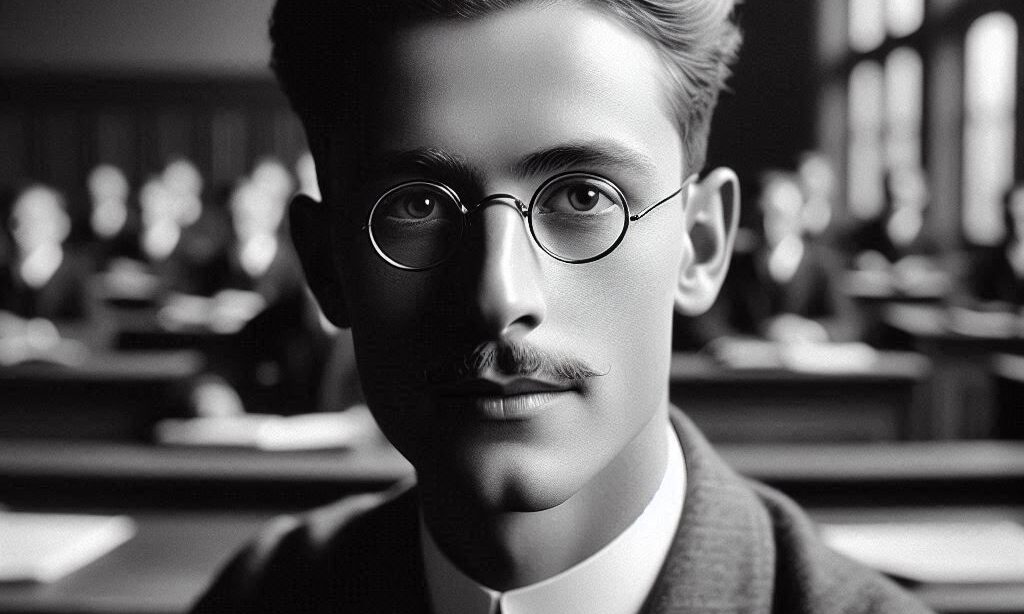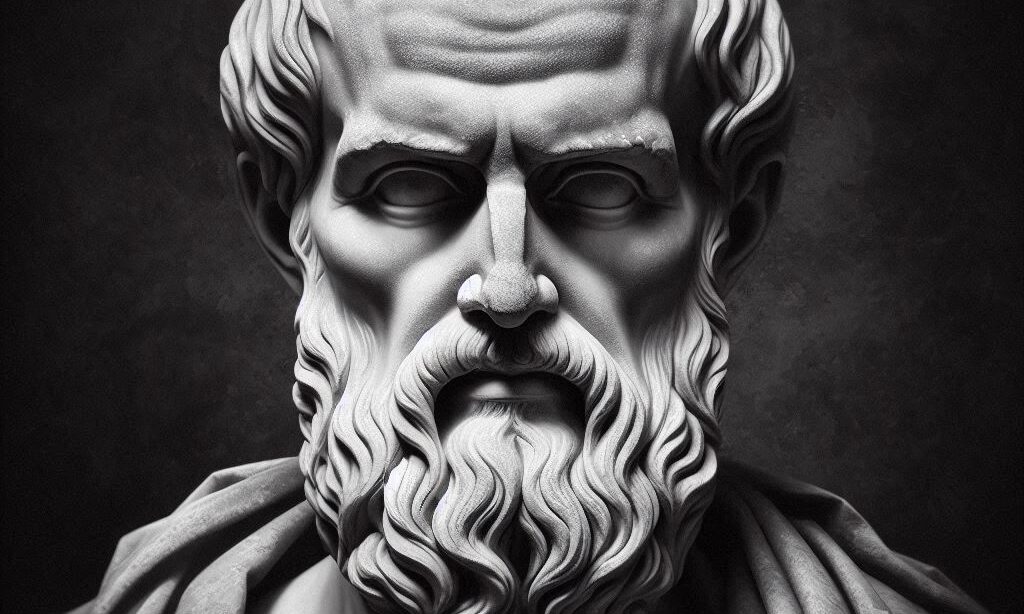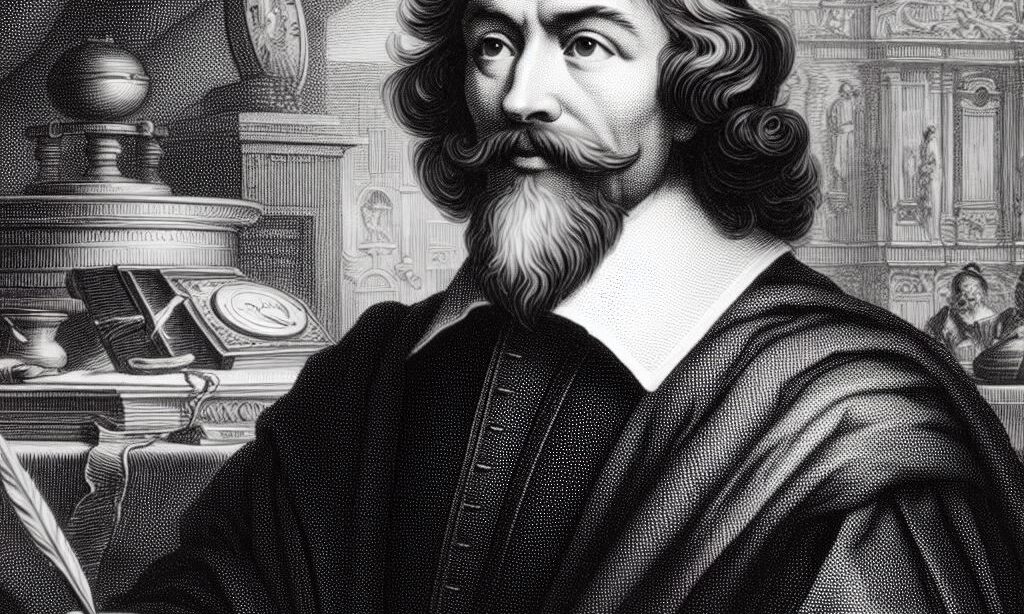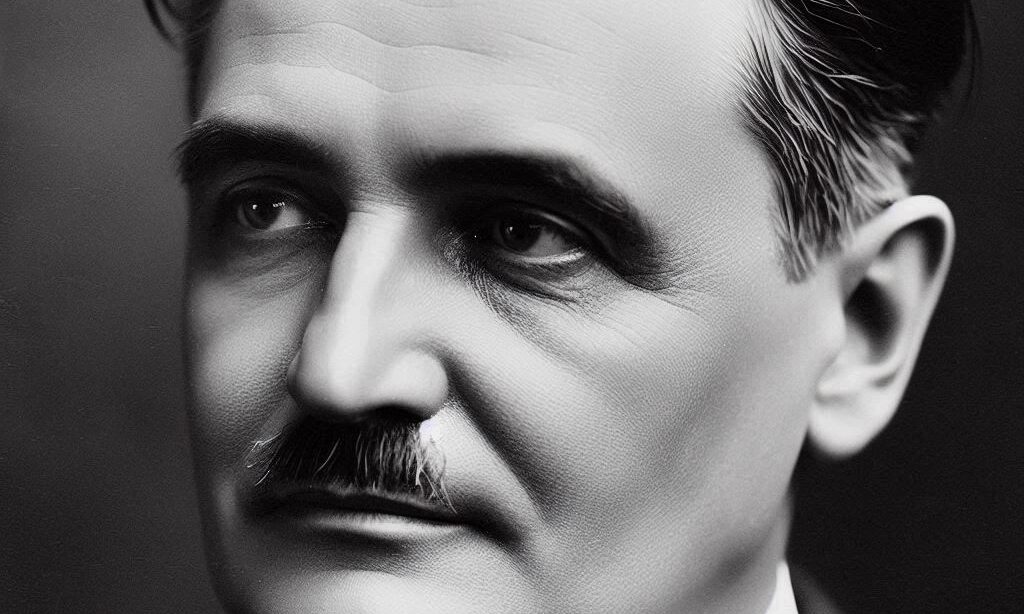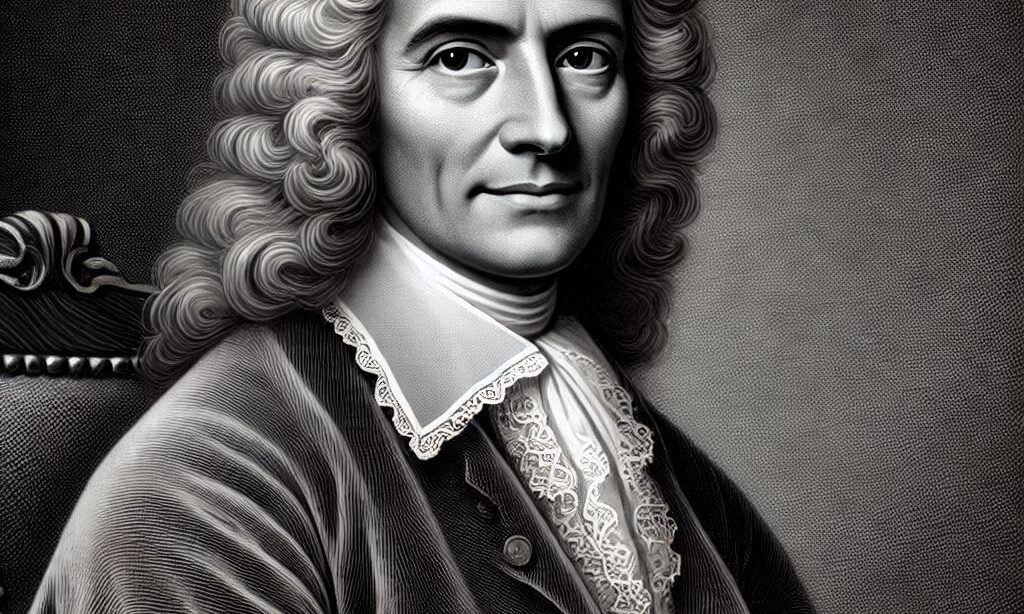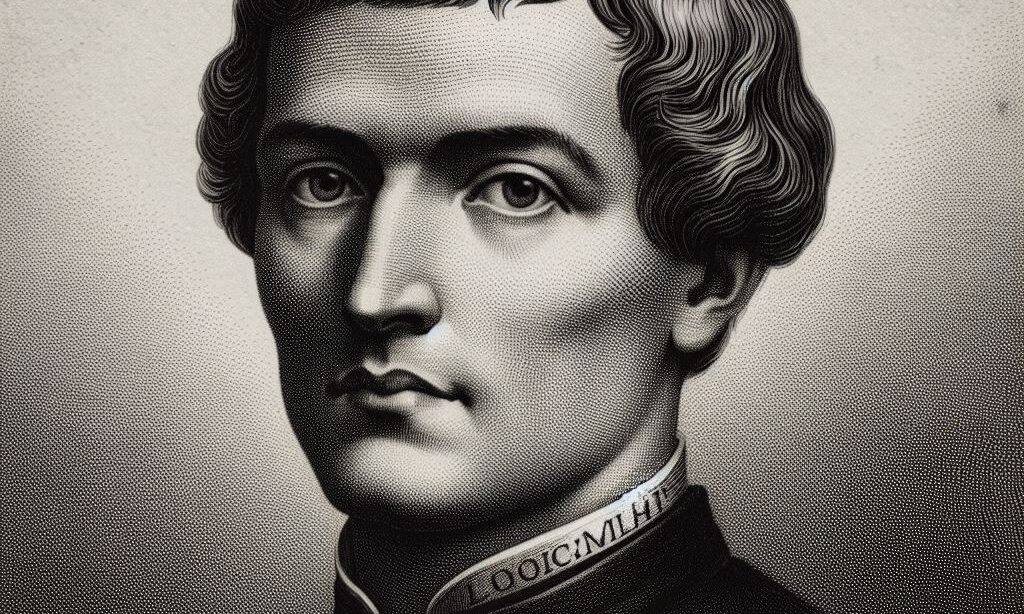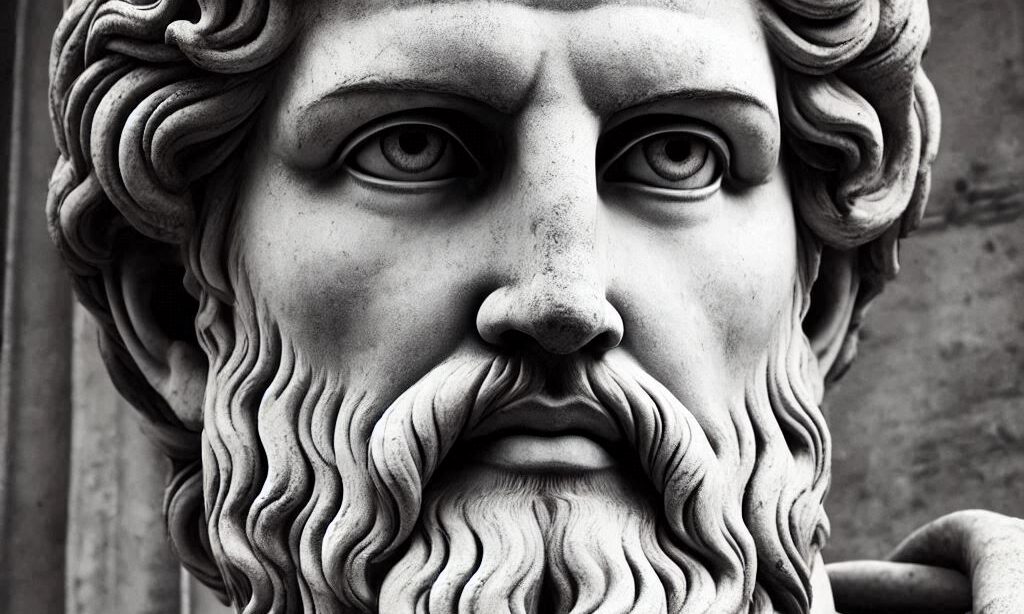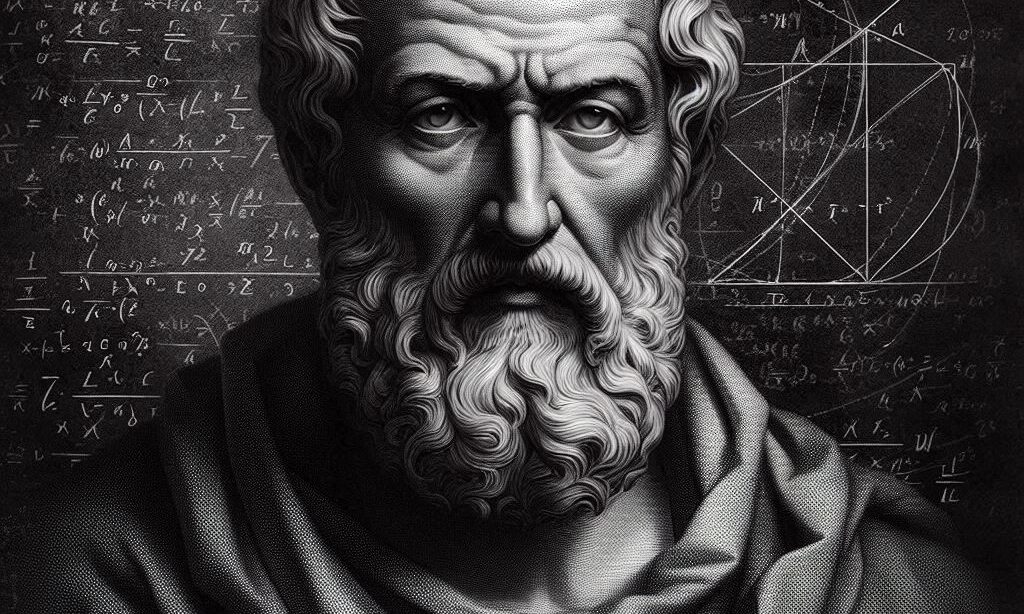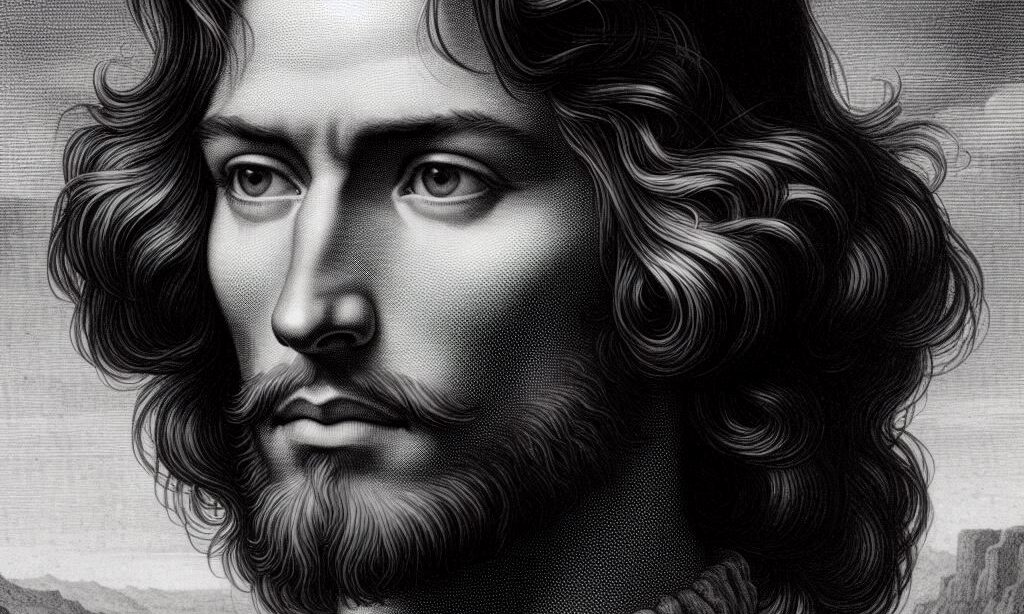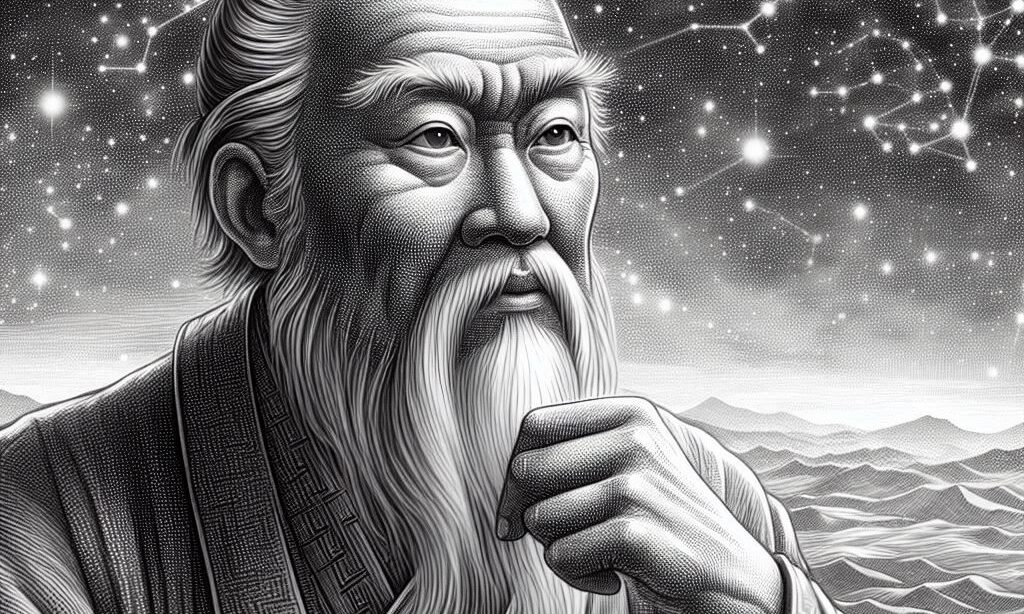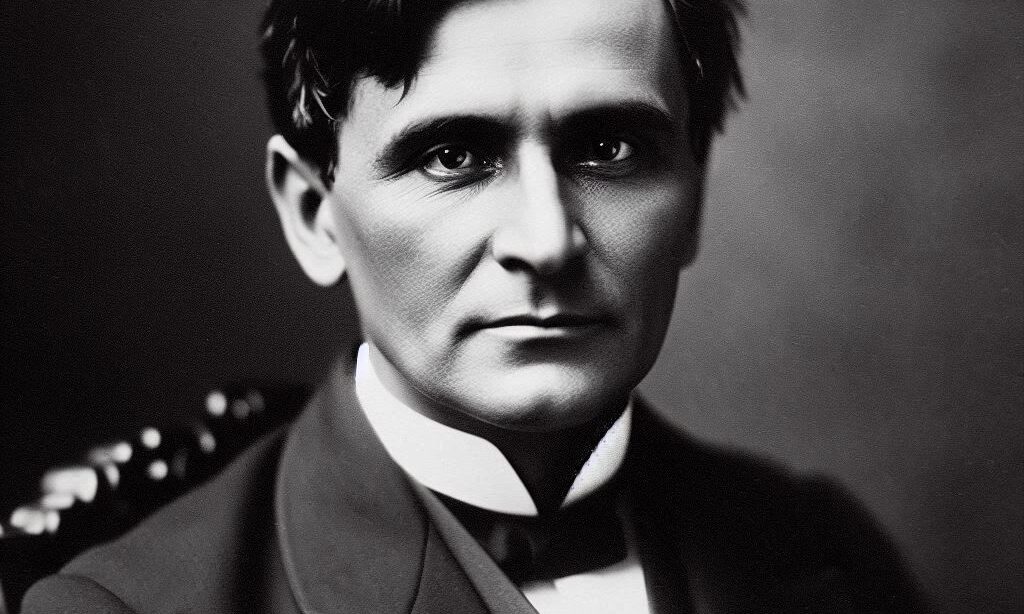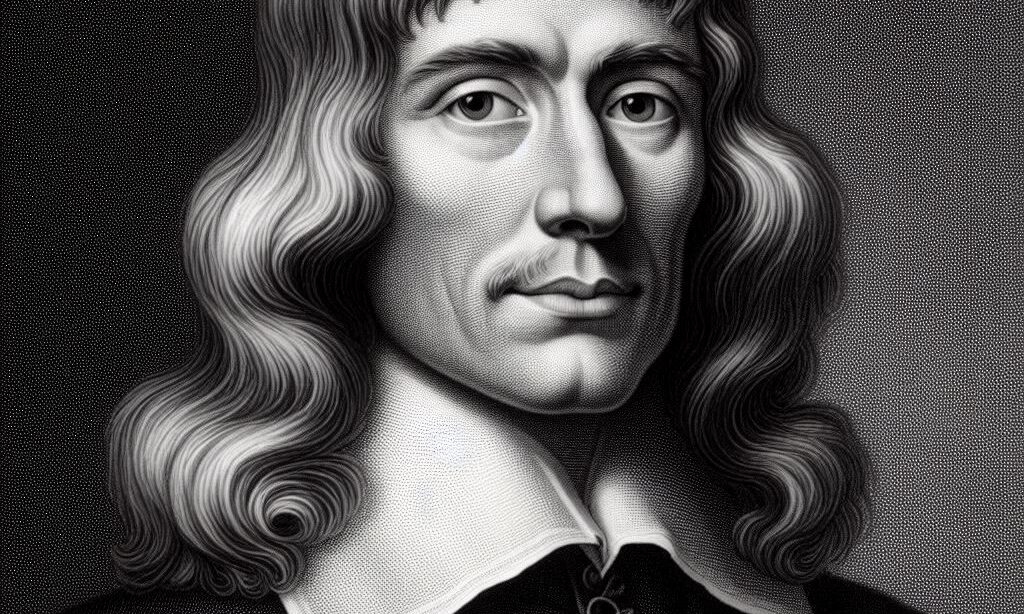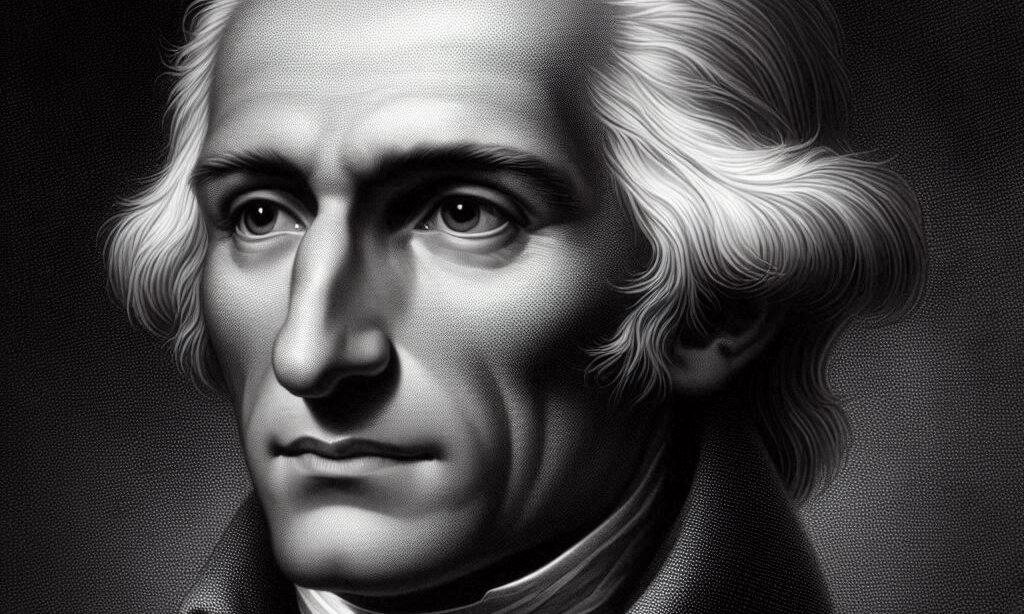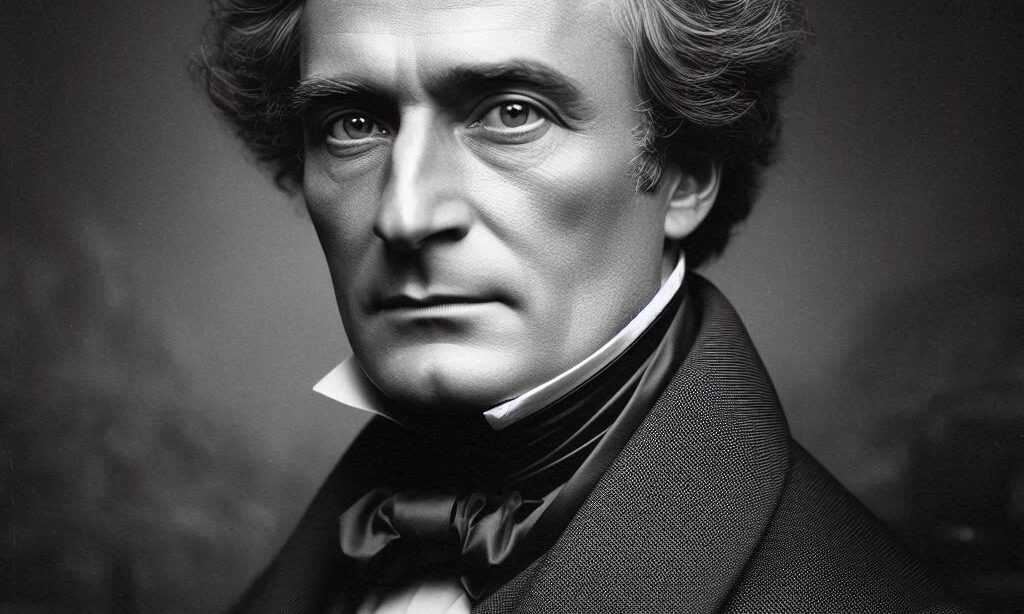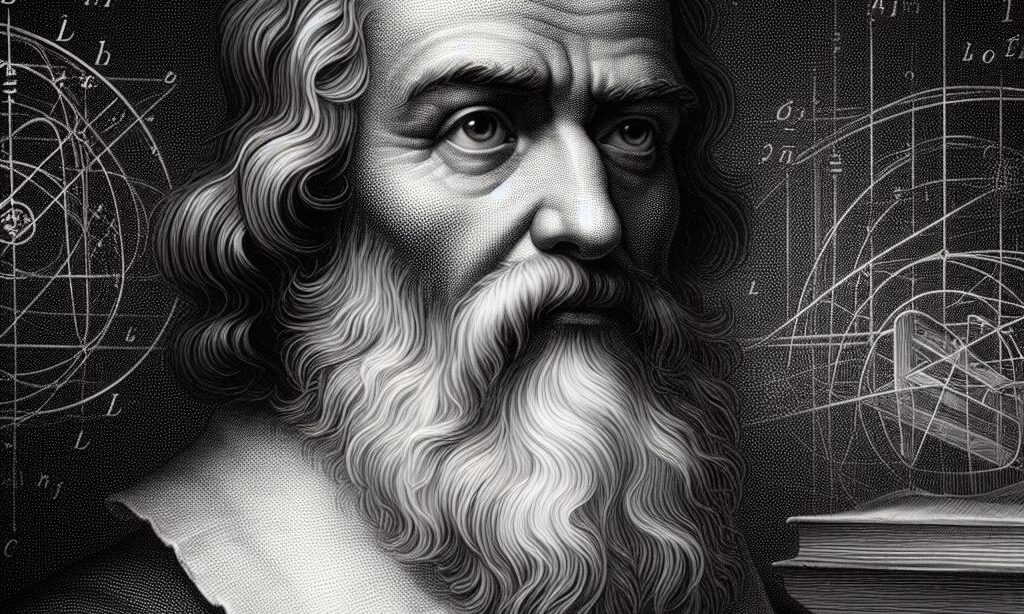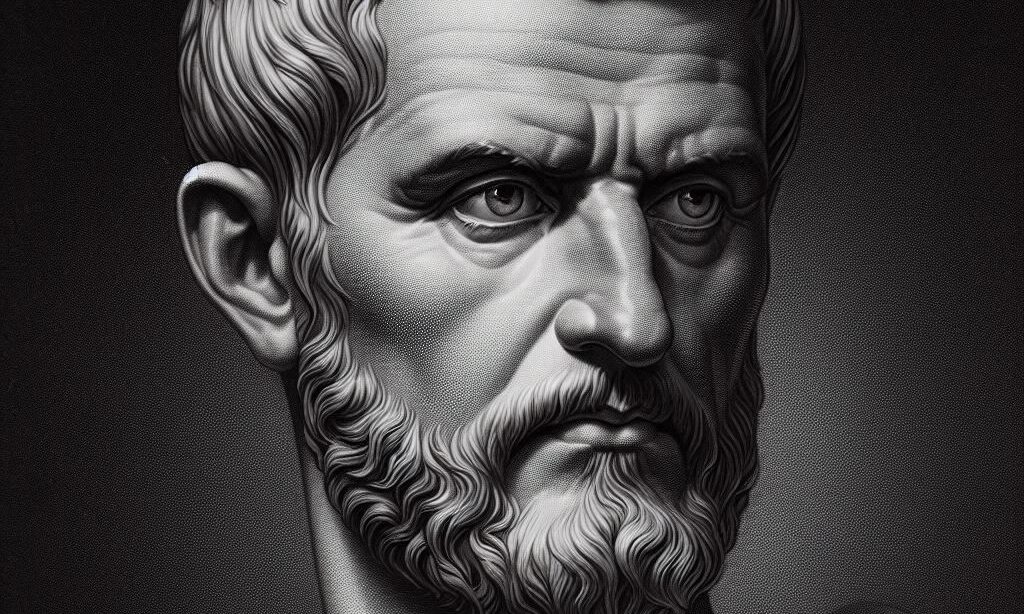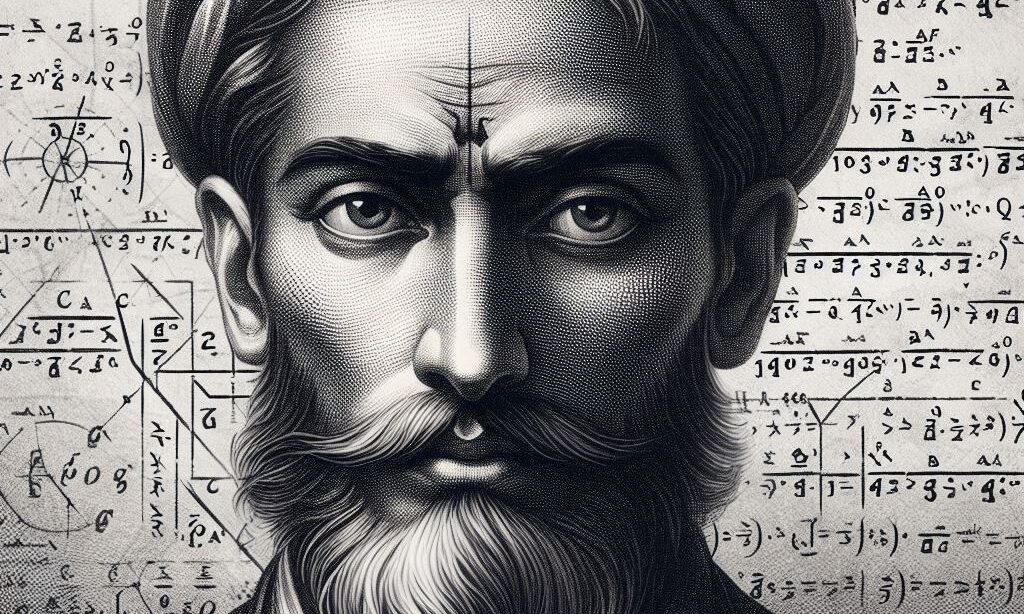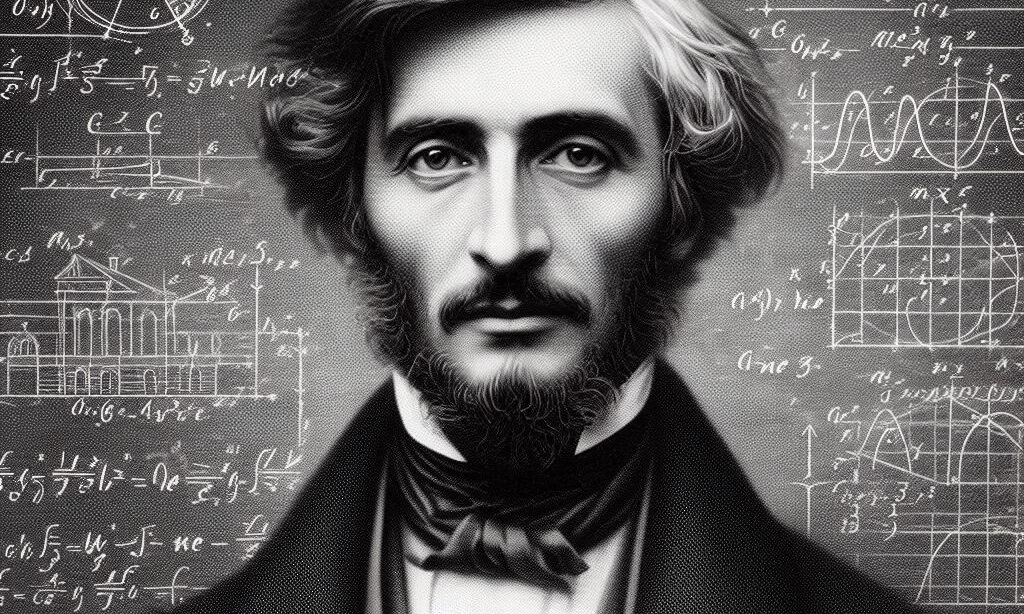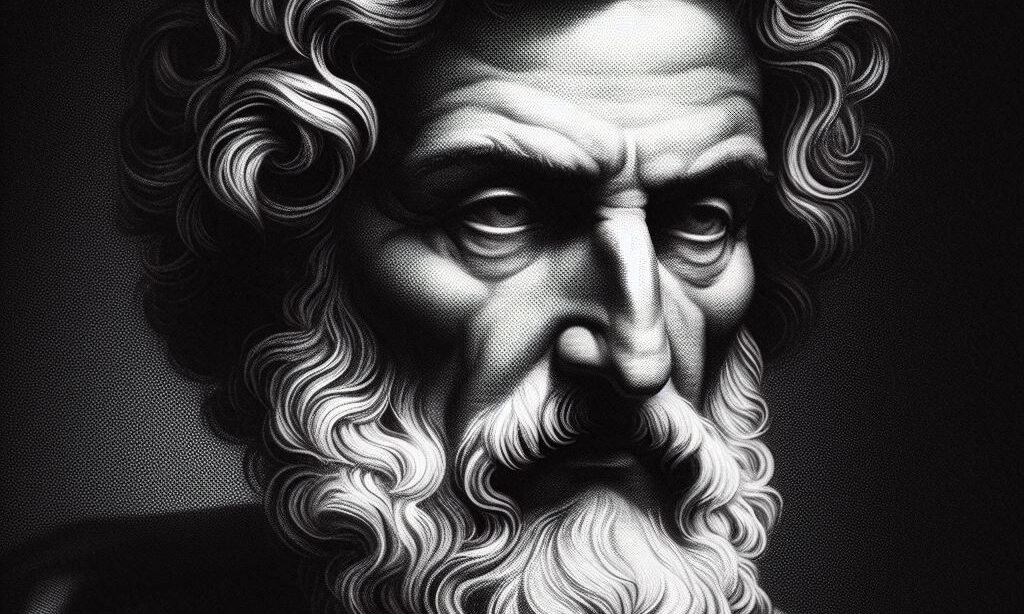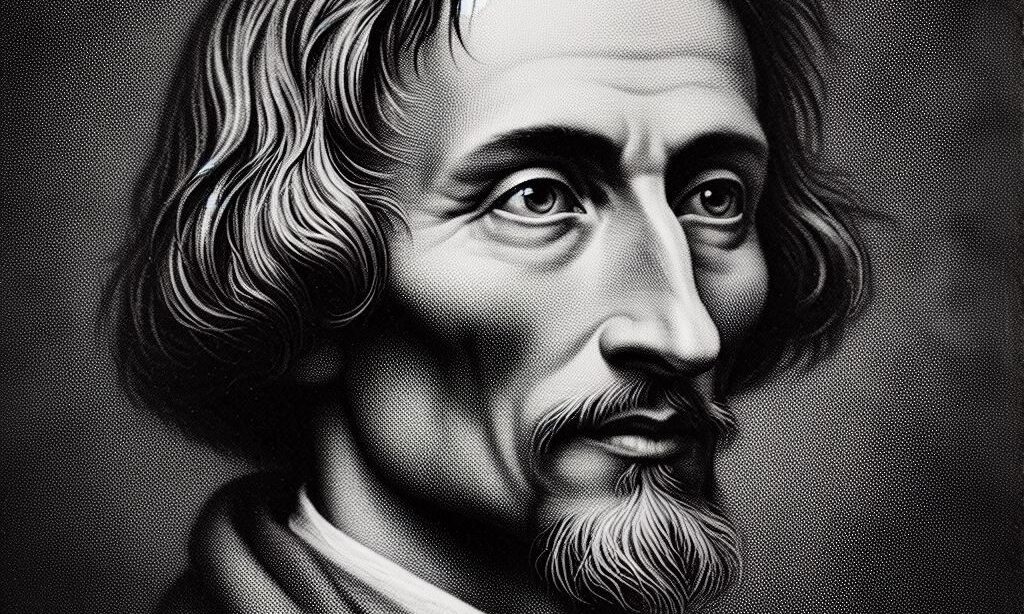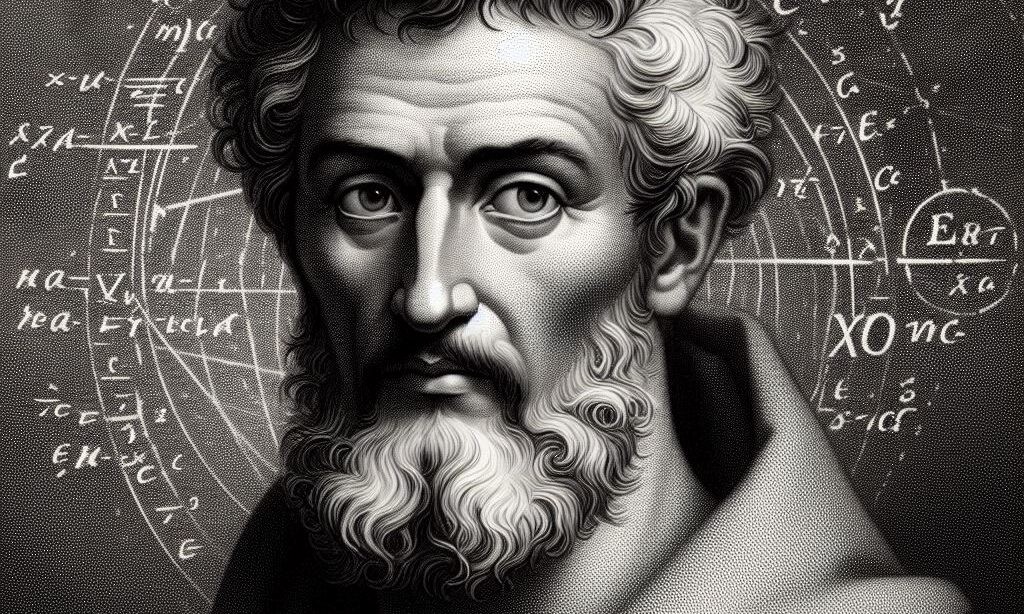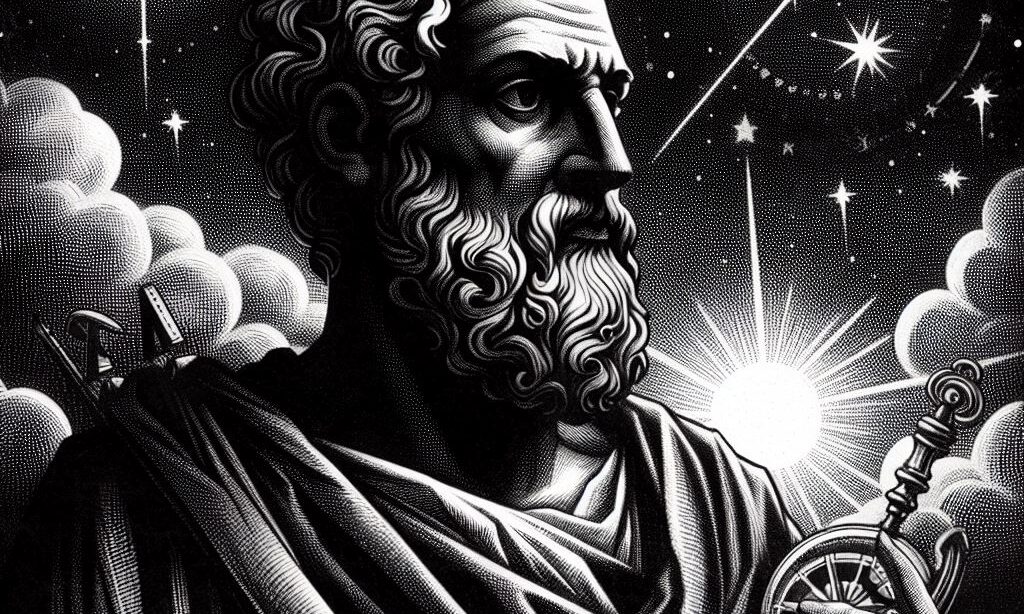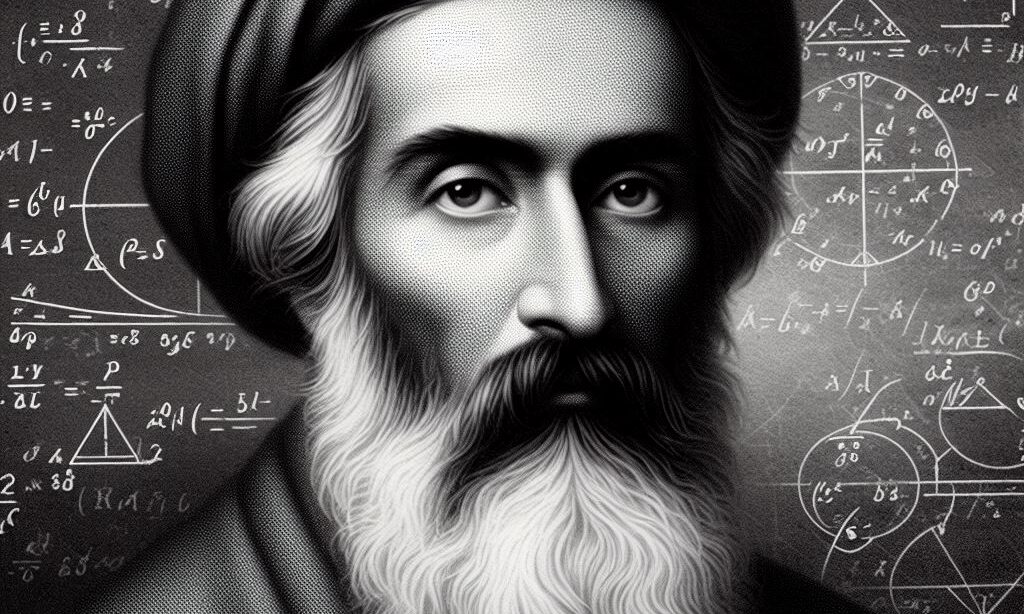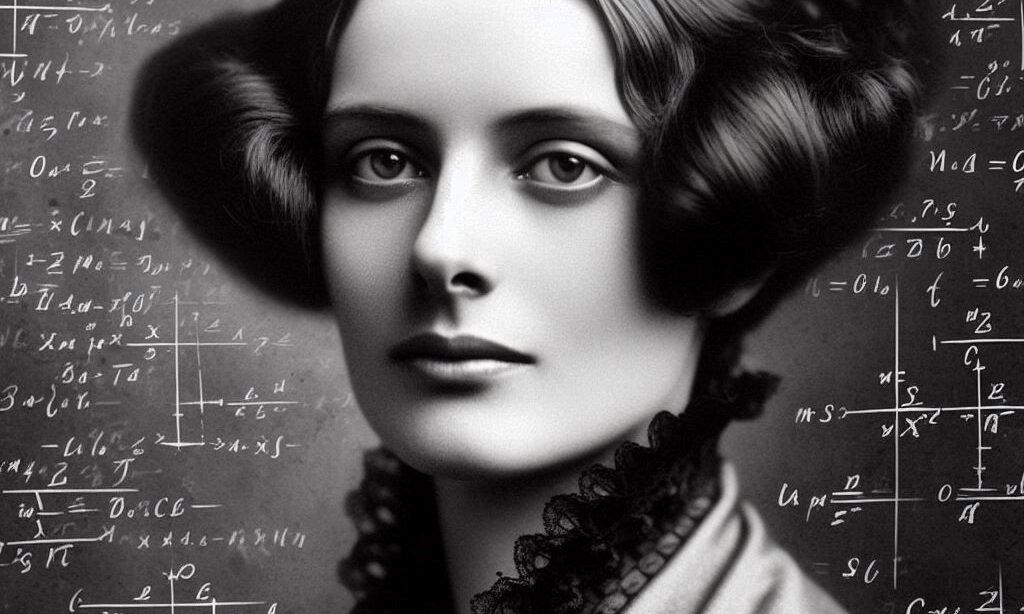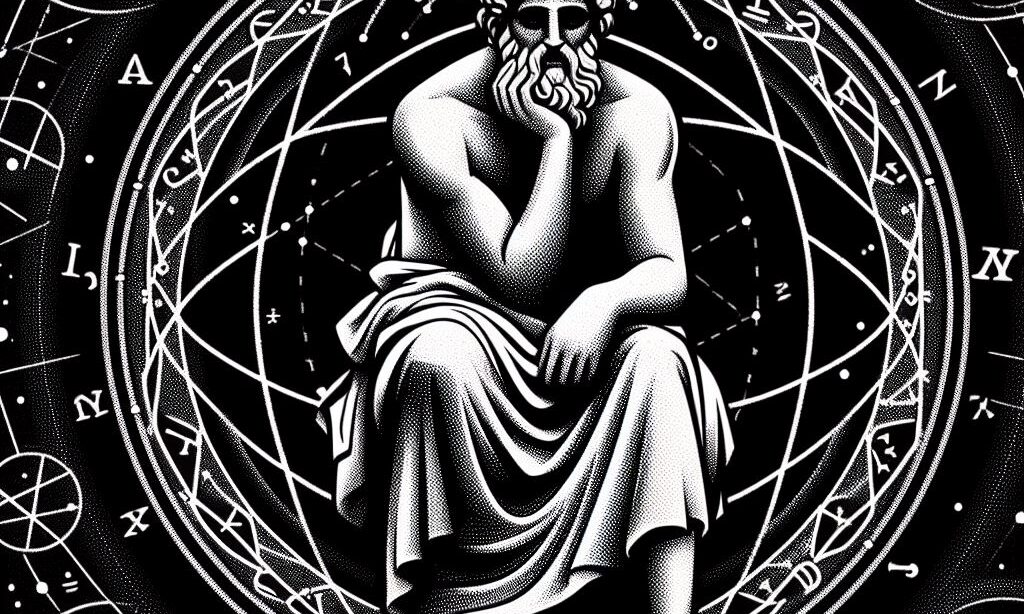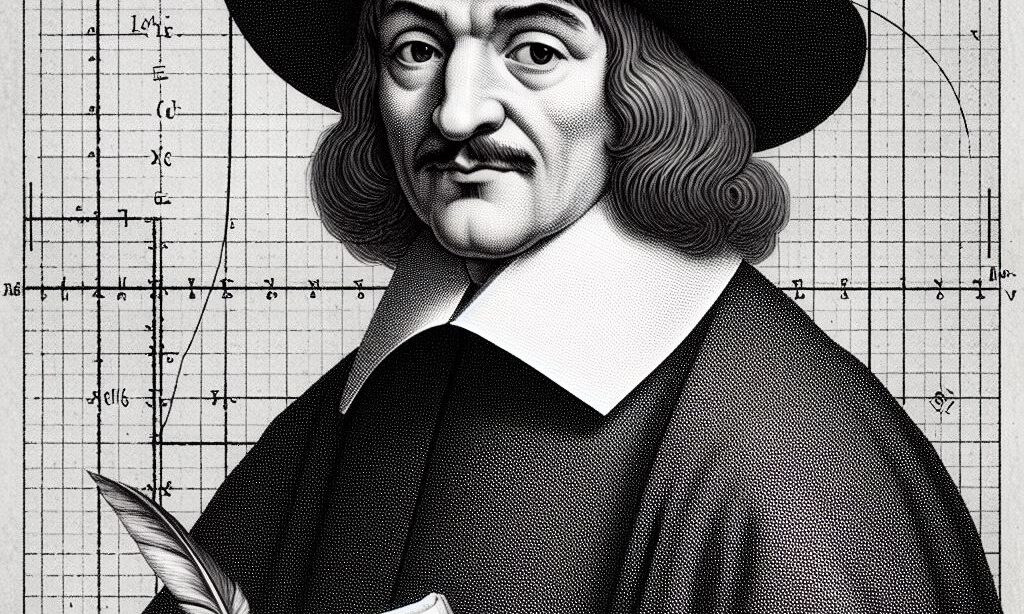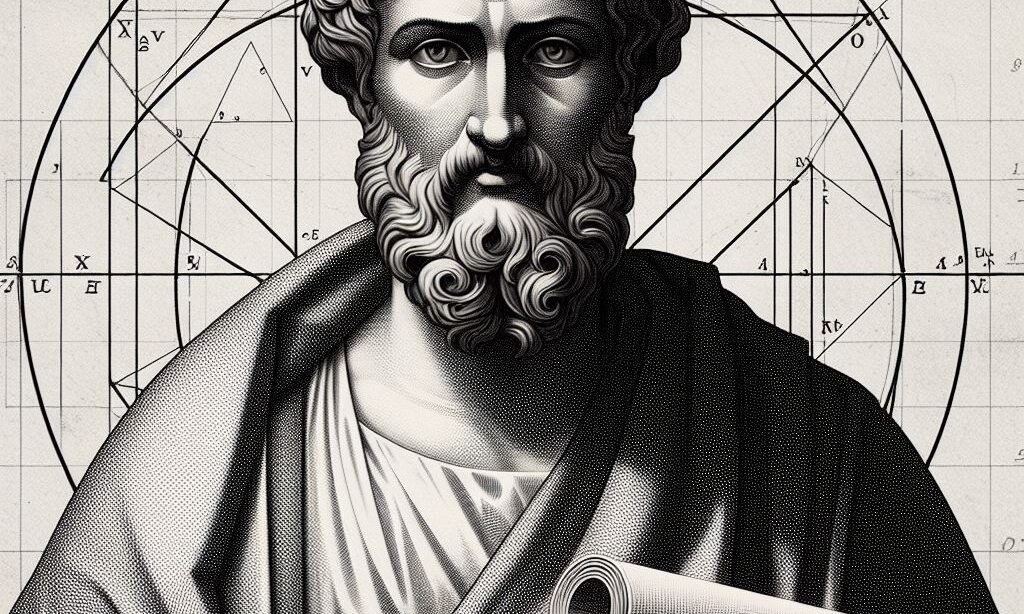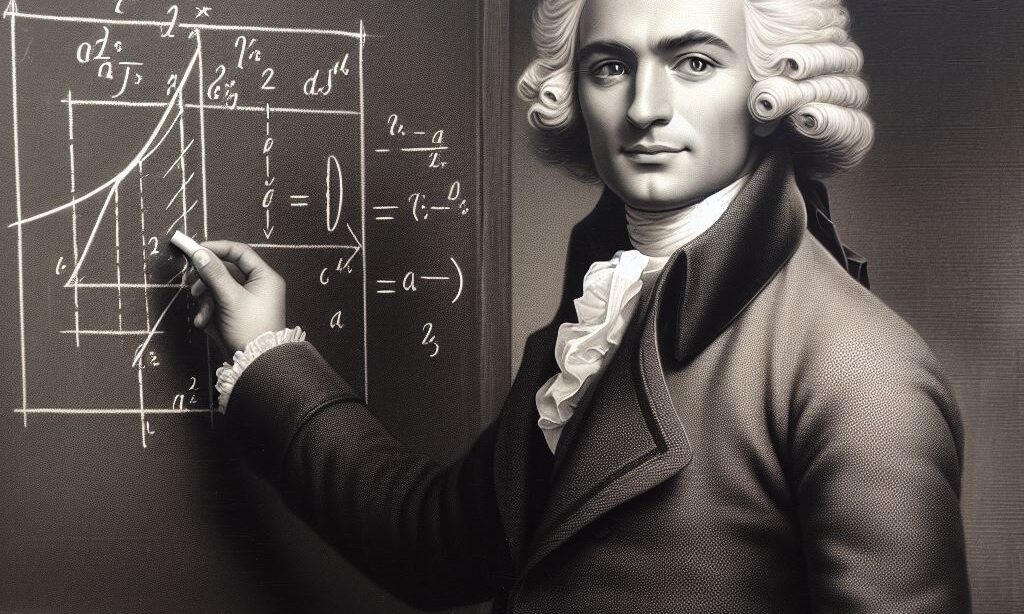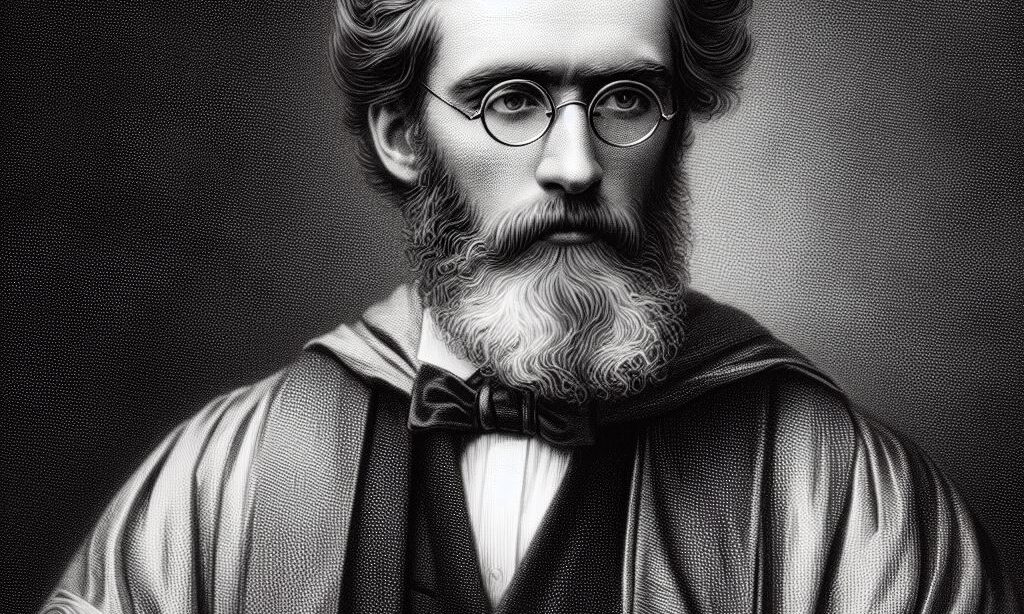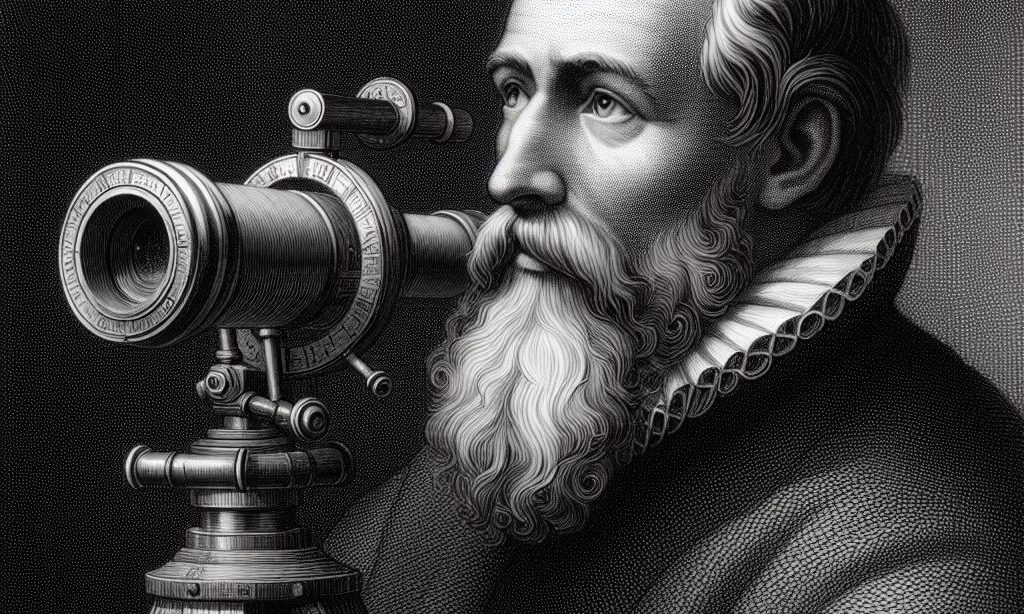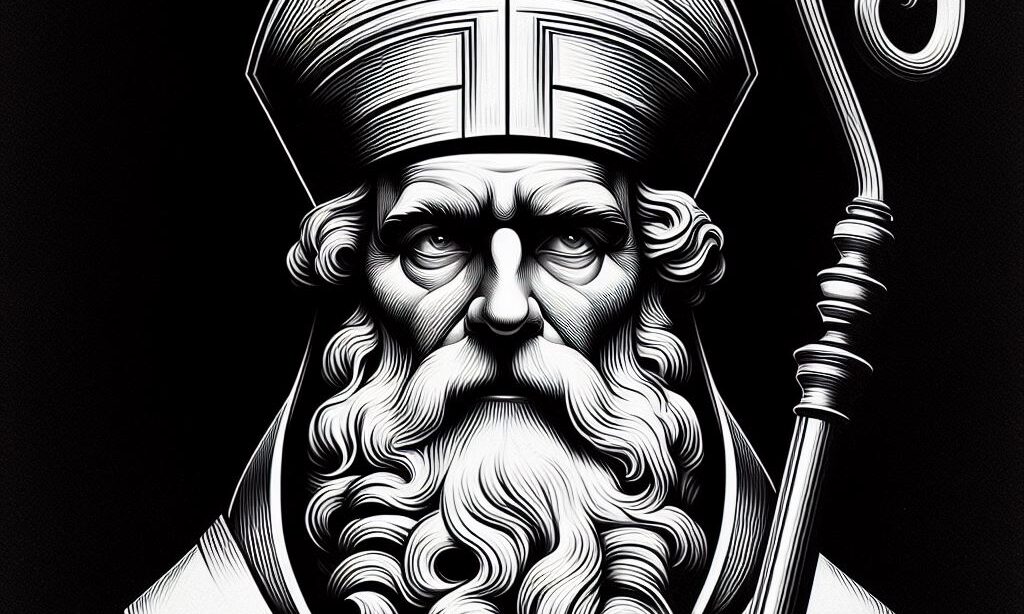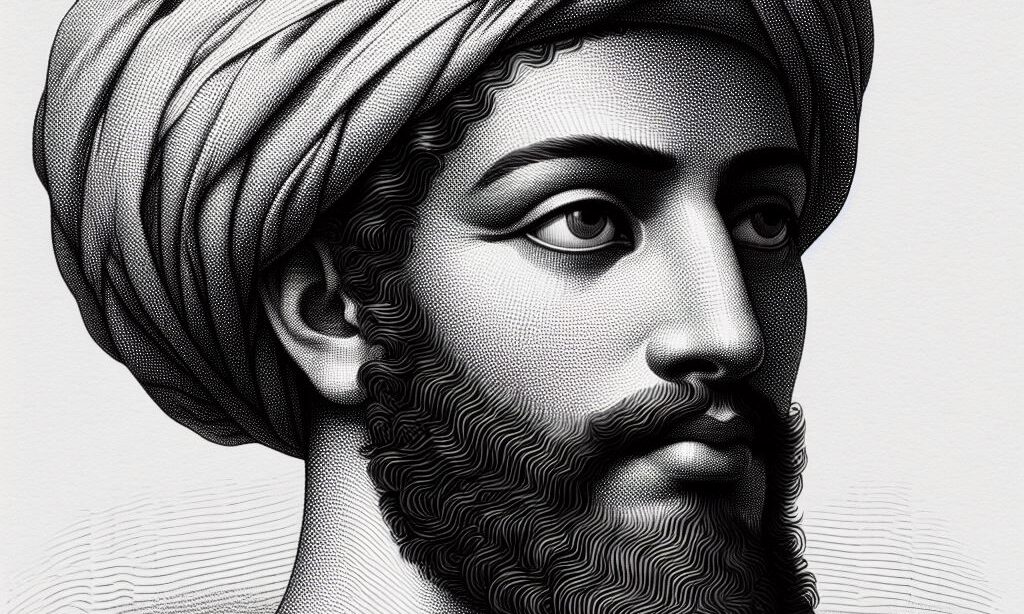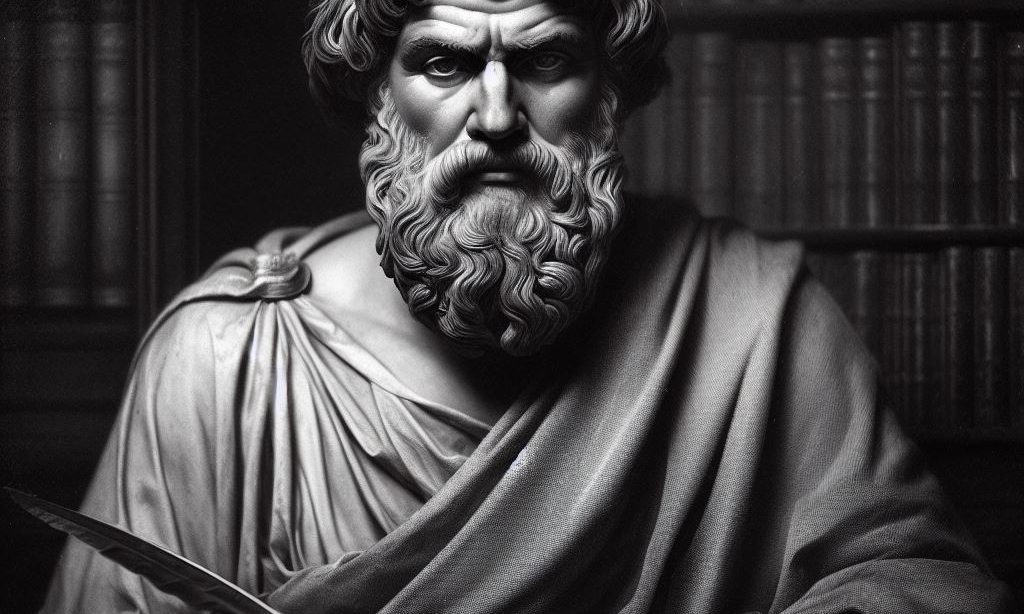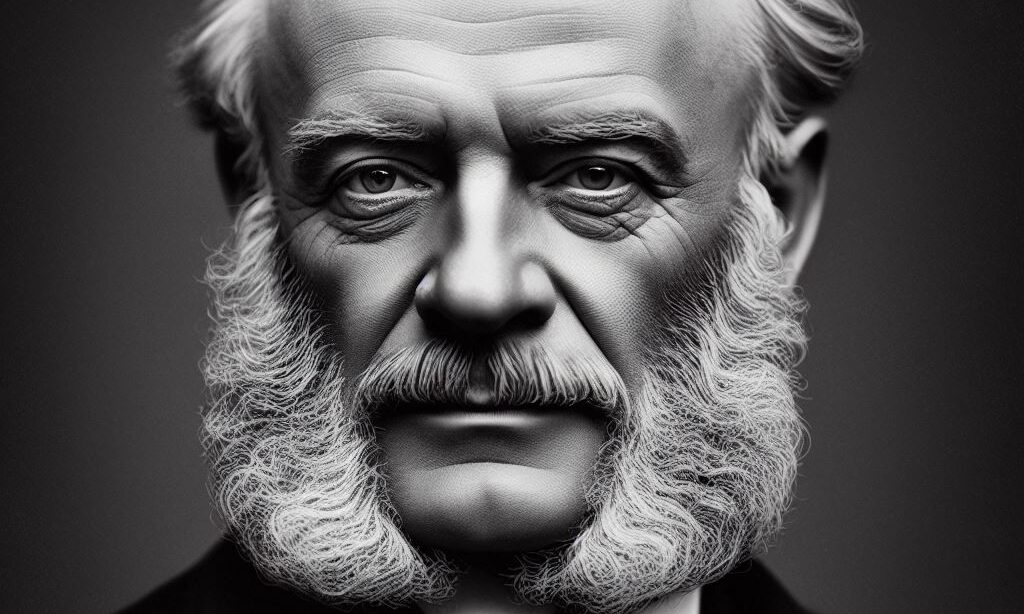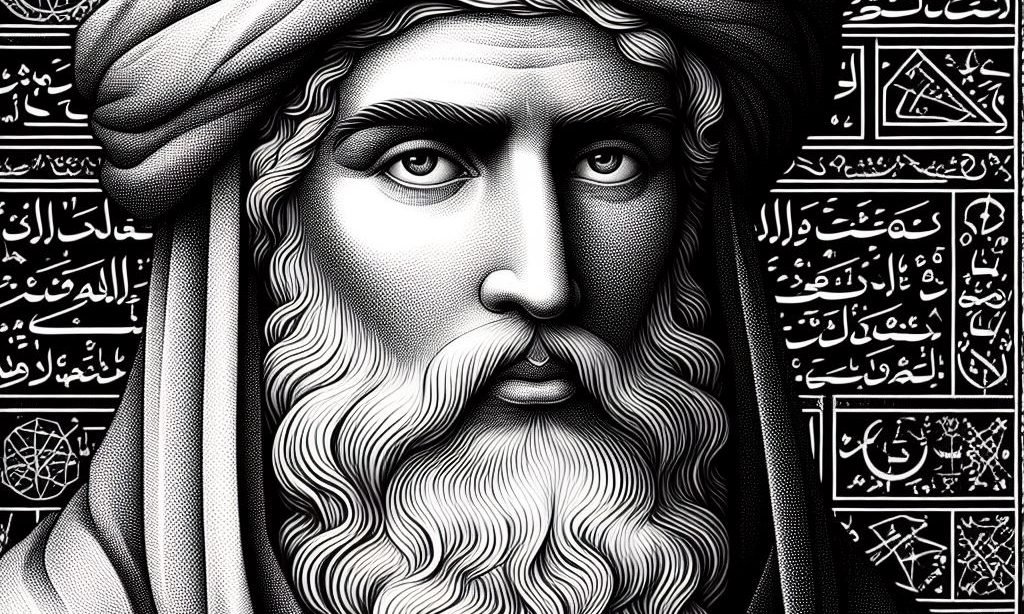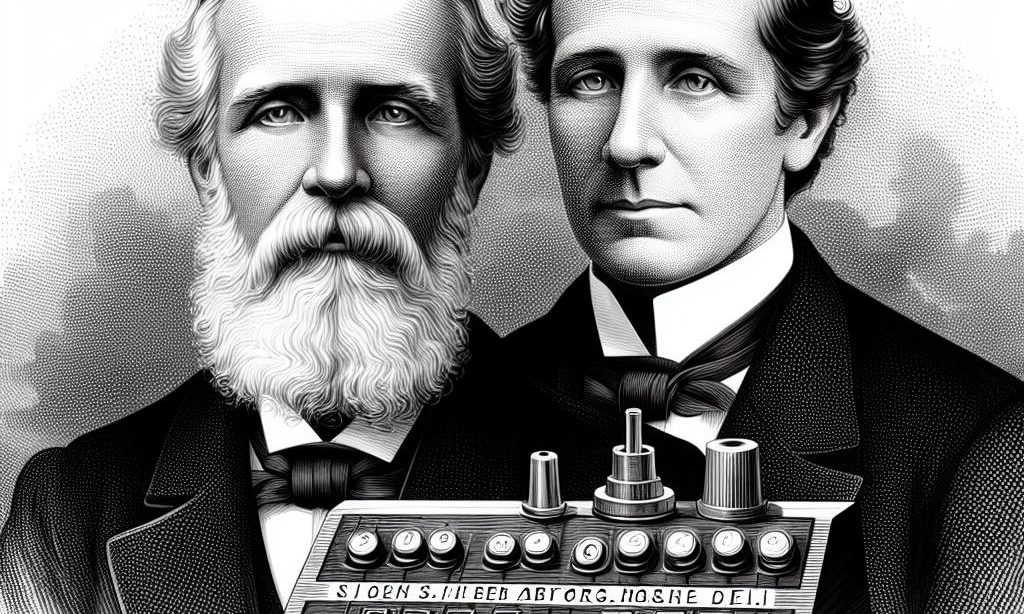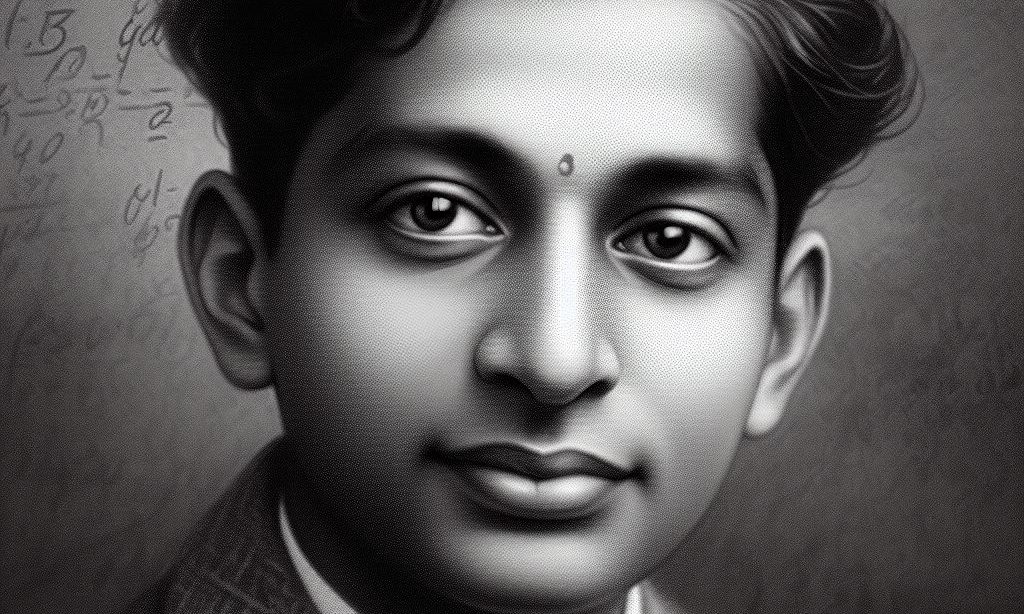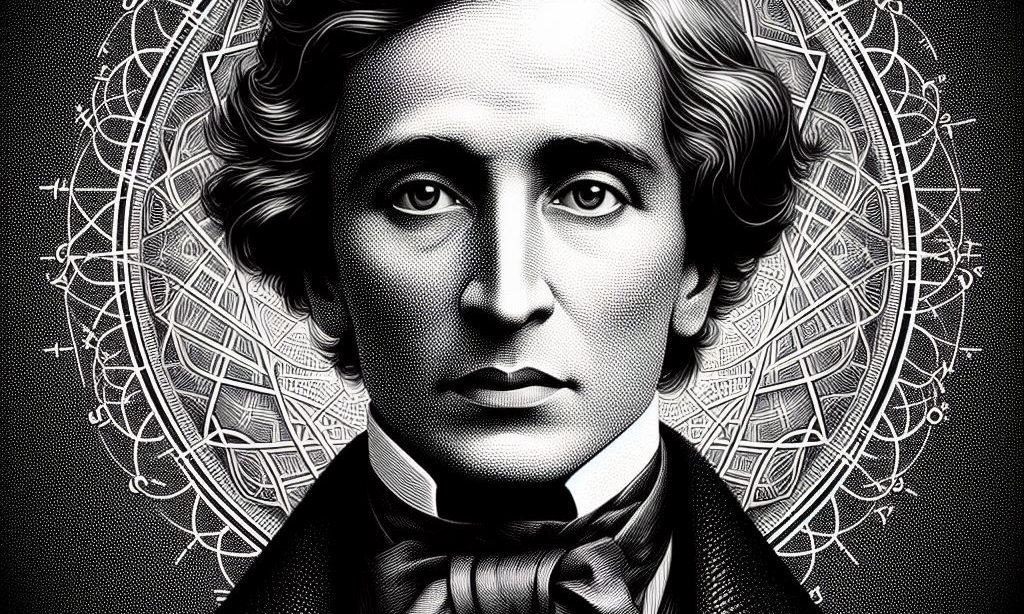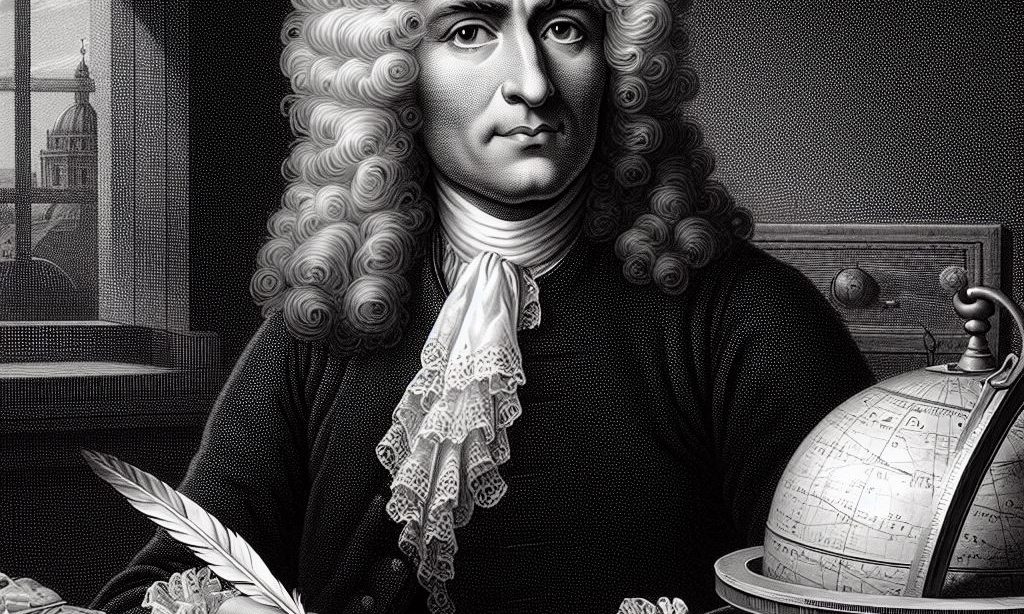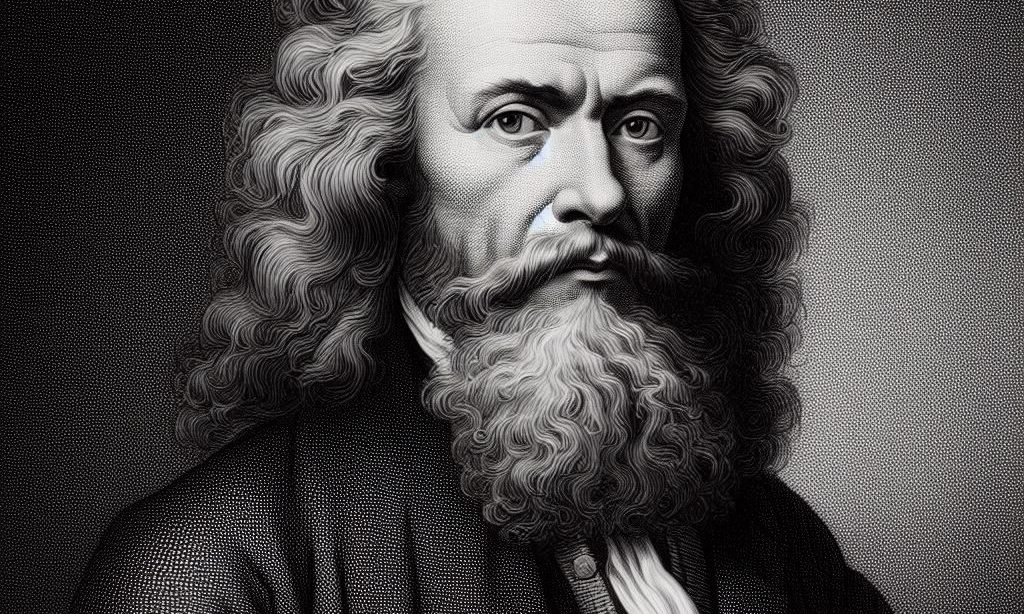The History of the Golden Ratio and Its Impact on Mathematics and Science The Golden Ratio, often represented by the Greek letter \(ϕ\) or \(τ\), is one of the most captivating and enigmatic mathematical concepts in history. Defined as a special number approximately equal to 1.6180339887, the Golden Ratio has fascinated mathematicians, artists, architects, and …
Birkhoff
George David Birkhoff George David Birkhoff (1884–1944) was a towering figure in early 20th-century mathematics, whose groundbreaking work bridged the abstract realms of mathematics and the real-world phenomena of physics, engineering, and even art. Best known for his ergodic theorem and contributions to dynamical systems, Birkhoff left an indelible mark on mathematics and science. His …
Maurolico
Maurolico: A Renaissance Polymath Francesco Maurolico (1494–1575) was an Italian mathematician, astronomer, and polymath whose contributions to mathematics and science spanned numerous fields. Living during the Renaissance, a time of rediscovery and innovation, Maurolico bridged the gap between ancient knowledge and modern scientific thought. Through his critical editions of classical texts, innovative methods, and original …
Hippocrates
Hippocrates’ Contributions to Mathematics Although Hippocrates’ work is often overshadowed by the more famous “Hippocratic Oath” associated with the medical philosopher Hippocrates of Kos, his contributions to mathematics are both significant and pioneering. He is primarily remembered for his work in geometry, especially his advances in understanding the properties of circles, areas, and volumes. The …
Sieve of Eratosthenes
The History of the Sieve of Eratosthenes The Sieve of Eratosthenes is one of the most ancient and ingenious algorithms in the history of mathematics. Developed by the Greek mathematician Eratosthenes of Cyrene (circa 276–194 BCE), it remains a fundamental algorithm for generating prime numbers and has had a significant influence on various fields of …
Fermat
Pierre de Fermat (1607–1665) was a French mathematician, lawyer, and polymath whose profound contributions transformed the landscape of mathematics. Often regarded as one of the founders of modern mathematics, Fermat is celebrated for his pioneering work in number theory, analytic geometry, calculus, probability, and optics. His genius lies not only in his groundbreaking results but …
Irrational Numbers
The History of Irrational Numbers in Mathematics Irrational numbers are one of the most profound and fascinating discoveries in the history of mathematics. These are numbers that cannot be expressed as a ratio of two integers, and their decimal expansions neither terminate nor repeat. Examples include \(π\), \(e\), and \(\sqrt{2}\). Despite their seeming complexity, irrational …
Saccheri
Pioneer of Non-Euclidean Geometry Giovanni Girolamo Saccheri (1667–1733) was an Italian Jesuit priest, philosopher, and mathematician whose work laid the groundwork for one of the most revolutionary ideas in mathematics: non-Euclidean geometry. Though largely overlooked during his lifetime, Saccheri’s exploration of alternatives to Euclid‘s parallel postulate would later inspire mathematicians such as Gauss, Bolyai, Lobachevsky, …
Stephen Hawking
Stephen Hawking, one of the most celebrated theoretical physicists and cosmologists of the modern era, made groundbreaking contributions to our understanding of the universe. His work, which spans the fields of mathematics, theoretical physics, and cosmology, has not only advanced scientific knowledge but also captured the public’s imagination. Despite living with amyotrophic lateral sclerosis (ALS) …
Fibonacci Sequence
The Fibonacci Sequence: Math in Nature The Fibonacci sequence is one of the most iconic and widely studied concepts in mathematics. It represents a series of numbers in which each term is the sum of the two preceding terms, beginning with 0 and 1. Written as $$0,1,1,2,3,5,8,13,21,…$$, the sequence unfolds in a pattern that has …
